Text
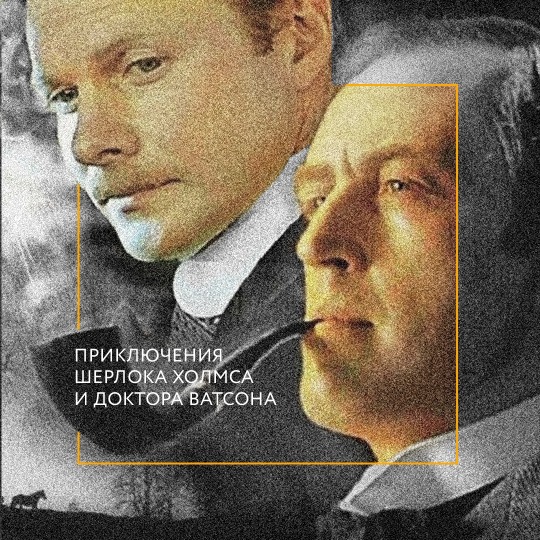

Yesterday I watched Sherlock Holmes and Dr. Watson. It is a 1979 Soviet film adaptation of Arthur Conan Doyle's novels about Sherlock Holmes.
Very interesting to see how the English classics blend with the Soviet manner of speech and behaviour.
I believe it is a good example of culture exchange.
0 notes
Photo



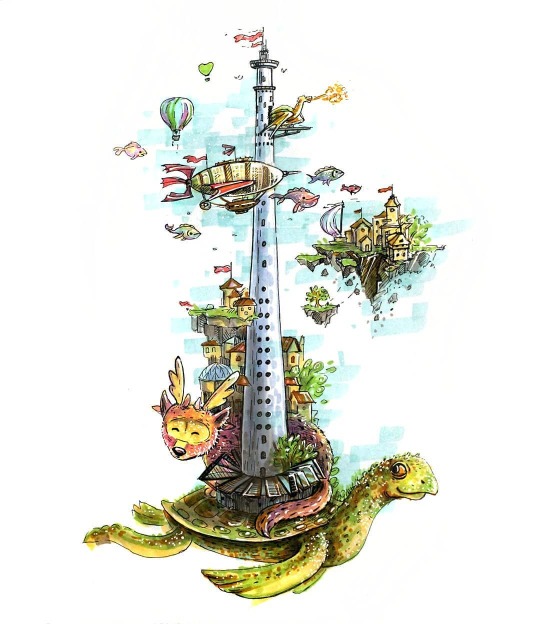


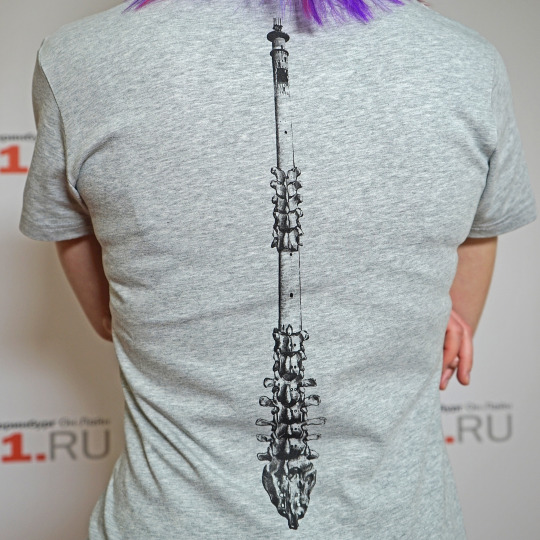

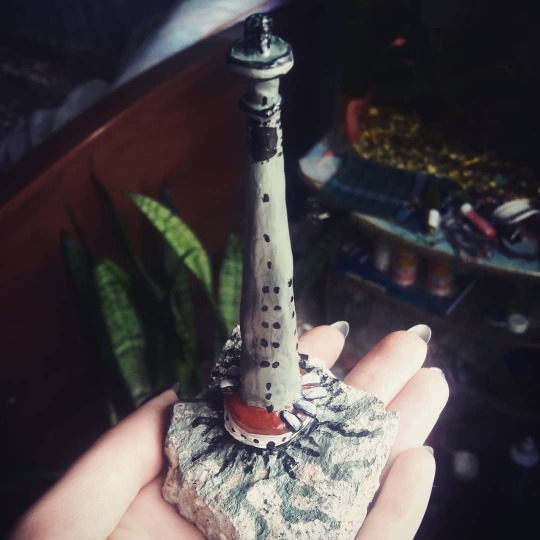

On the subject of spaces and places… Part 2
What does it take for a space to become a “place”? Can it be a place and space simultaneously?
When it was known that the TV tower is to be demolished, local society shattered due to different opinions. Some believed that the tower was a unique historical artifact and a symbol of the city, others did not want to see a ruin as the symbol of their city. Which voice should had been heard?
People escaped the guards and climbed the tower again, wanting to riot on top of it until the final decision is canceled, but froze and went down. Other people wanted to "hug" the tower and later on had projected light messages, such as "I am alive, don't destroy me" and "Putin, save me". But once the business is done, it's done.
I remember that day very well, my friends and I wanted to go and look at the explosion, it felt like something grand and unbelievable was happening. In the end, we didn't go, but for many days after my sight was looking for a big gray pipe in the sky. Once it helped me to find the way home when I got lost.
Unbelievably, people grieved the building and keep doing so even nowadays. There is a memorial group on social media, where strangers share stories of how the tower brought them together. People write poems and make paintings, record songs.
I never was an admirer of the tower, but somehow I can understand why they were hurt when something that imperfect yet solid was demolished from the ground in 30 seconds. It reminds us of our own fragility and fragility of our work.
So, it was a space and it was the place at the same time. It is still a place in memory of someone, who keeps it close.
(Attached you can see some art on the subject of Yekaterinburg TV tower people shared on social media.)
1 note
·
View note
Photo


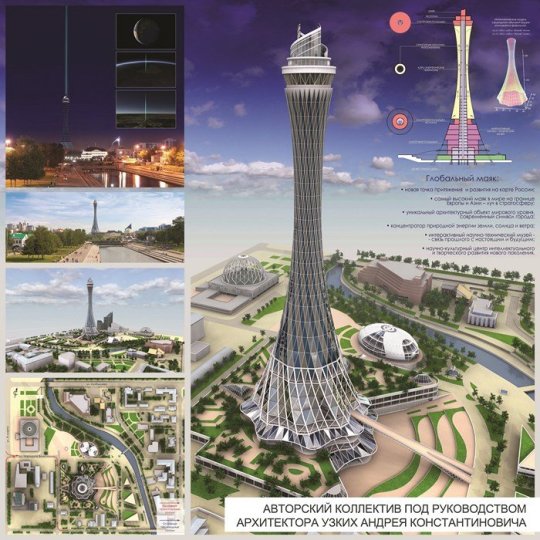

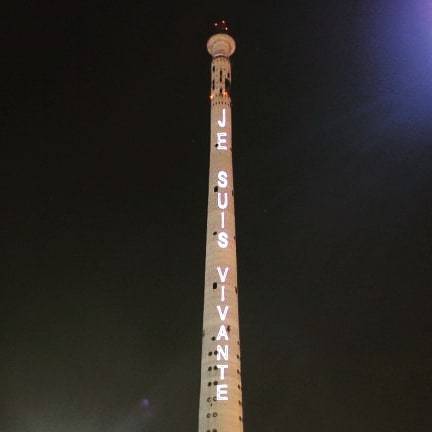





On the subject of spaces and places… Part 1
What does it take for a space to become a “place”? Can it be a place and space simultaneously?
I know one example, which has been demolished about 2 years ago. I am talking about Yekaterinburg TV Tower. A lot of hopes and inspiration were put to start off the project in the city center. The tower was visible from all over the city and meant to be identical to the tv towers in Tallin, Vilnius, and Baku, but its story was different.
The project started in 1983 and had been progressing quickly, up until 1991, when the Soviet Union collapsed. Then the tower reached 220 meters from potential 360 meters and the project was frozen, or, shall I say abandoned?
As soon as wild, young, and free citizens found out that there’s no one to guard the tower, it became a place for different subcultures. People met on top and climbing the broken staircase had become a new breathtaking activity for many. For them, the tower was The Place. Some people climbed the tower for about 500 hundred times!
However, for city municipalities and more pragmatic citizens, the tower was just an ugly pile of concrete right in the middle of the city, taking a pricy piece of land. For them, the tower was a space. No one seemed to know what to do with it. No one dared to touch what was left from the fathers, who hoped for the sons to finish what they started.
The tower was dangerous, indeed. The old metal staircase fell off in several areas and if we take to the account that most of the people who climbed it didn’t have any equipment…it’s not hard to anticipate that some people became victims of the tower. The official records give us a number of 3, the photo evidence states about 5, the tales vary from 40 to 100.
That made me think about why so many people can be attached to the tower when they know about such terrible events that happened there?
This building was a silent reproach to the authorities and a waymark for strangers, an ugly grey cement pile, and a symbol of someone’s youth. I never got attached to it myself, but I can’t imagine how much effort people put to build and construct that tower and how easily it was destroyed, without a chance for reconstruction. 30 years vs 30 seconds - life and death of one landmark.
1 note
·
View note
Video
vimeo
“Color me”
a short film by Martin de Thurah, exploring the dark places where each of us been at least one.
Somewhere behind the pearls and decorous soiree there’s a room which she seems to visit a lot. She’s diving into a panic attack, stepping into the darkness and falling into her own fears and anxiety, which are growing and posessing vital energy.
The fall is as rapid as a meteor and yet we manage to see the subjects with blind empty eyes, people turned into statues, awaiting the catastrophy.
“Color me in orange and purple gold
Color me in what you want
Color me in innocence
Color me, I'll always bleed red”
© Active Child
— the soundtrack reminds us about our shared fear of mortality and our drive to mask that fear with posessions and entertaiment.
Outsandingly vivid interpretation of anxiety symptoms.
On a note of Matthew Arnold’s dispute about culture’s main function being in bringing perfection to the subjects, "Color Me" shows us that very often culture doesn't bring us sweetness and light. Very often it brings us bitterness and darkness, by acknowledging our own fears and mysteries.
0 notes